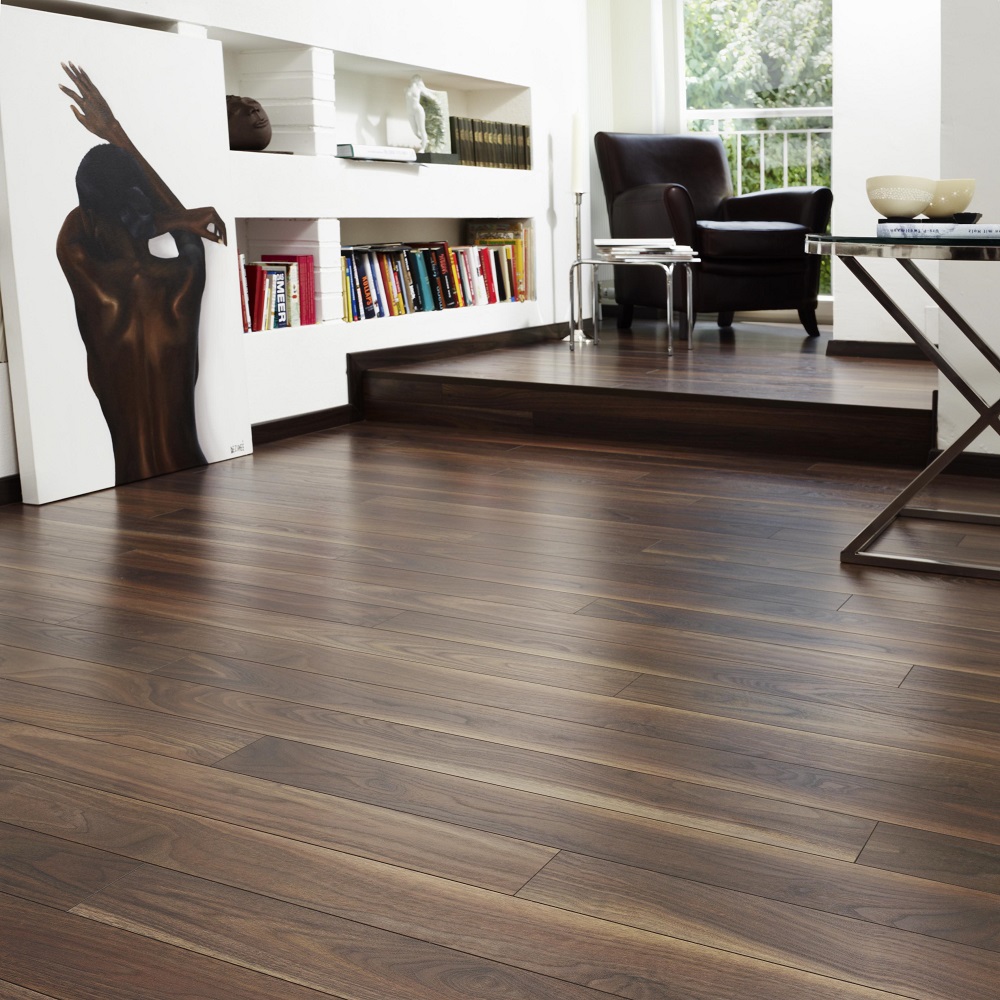6 ways humidity can affect your hardwood floor

Winter is close to the corner, and with winter comes day off chilly climate that will make them turn up the warmth and appreciating pleasant nights by the fire. Did you actually consider how these day to day environments and changing mugginess levels inside your home can influence your lovely new hardwood floor?
Your hardwood floor is made of… wood! Furthermore, wood is a characteristic material that responds to changes in its current circumstance even after it has been changed into deck. Indeed, producers have created various sorts of hardwood floor developments to “improve and control” the wood characteristic response to changes in stickiness. Yet, keeping moistness at the suggested level is as yet basic for keeping your hardwood floor looking incredible, just as for a solid home climate.
The ideal relative stickiness for your wellbeing and solace is around 40-half.
– During winter: It might should be between 30-40% to forestall buildup on your windows and different surfaces. Relative dampness settings that are too low may cause respiratory diseases, unfavorably susceptible rhinitis and asthma.
– During summer: It can climb to 50-55%. Relative moistness that is too high may have wellbeing impacts because of form development, dust bug invasions, just as specific microscopic organisms and infections.
As we just observed, notwithstanding, this reach can regularly be hard to accomplish in specific zones of the nation during specific seasons. We have created three distinct kinds of hardwood flooring developments permitting you to appreciate the magnificence of hardwood floors regardless of where you live.
As should be obvious, designed wood flooring is more steady than strong wood flooring. One reason for this is that the base layers are made of cross-sided layers that proceed onward inverse sides. On the off chance that you are searching for most extreme execution during mugginess changes, investigate our Expert ¾ development, which was created to address contractual workers’ issues.
It is typical that when relative moistness is lower than suggested, wood board recoils, thusly slim holes can show up between wood boards. Regardless of whether the correct term to utilize is holes, these little holes between the wood boards can once in a while be called breaks or spaces between wood boards by customers. Having holes between your wood boards is ordinary, and a property holder should be ready for it to happen. When mugginess levels rise once more, the hardwood floor will extend and most holes will shut everything down.
At the point when the wood is confronted with outrageous conditions, it tends to be focused on past its constraints. In this manner the wood debilitates, making your hardwood floor more fragile and improving the probability of harm or fragmenting. The sheets themselves may part, check or break in the middle or at the closures, or both, along the grain, harming the completion. This harm is lasting, in light of the fact that your hardwood floor finish is broken—your wood is not, at this point ensured.
We have latest designs and trends of bedroom flooring, kitchen flooring, bathroom flooring, flooring accessories and free sample services store in Birmingham




